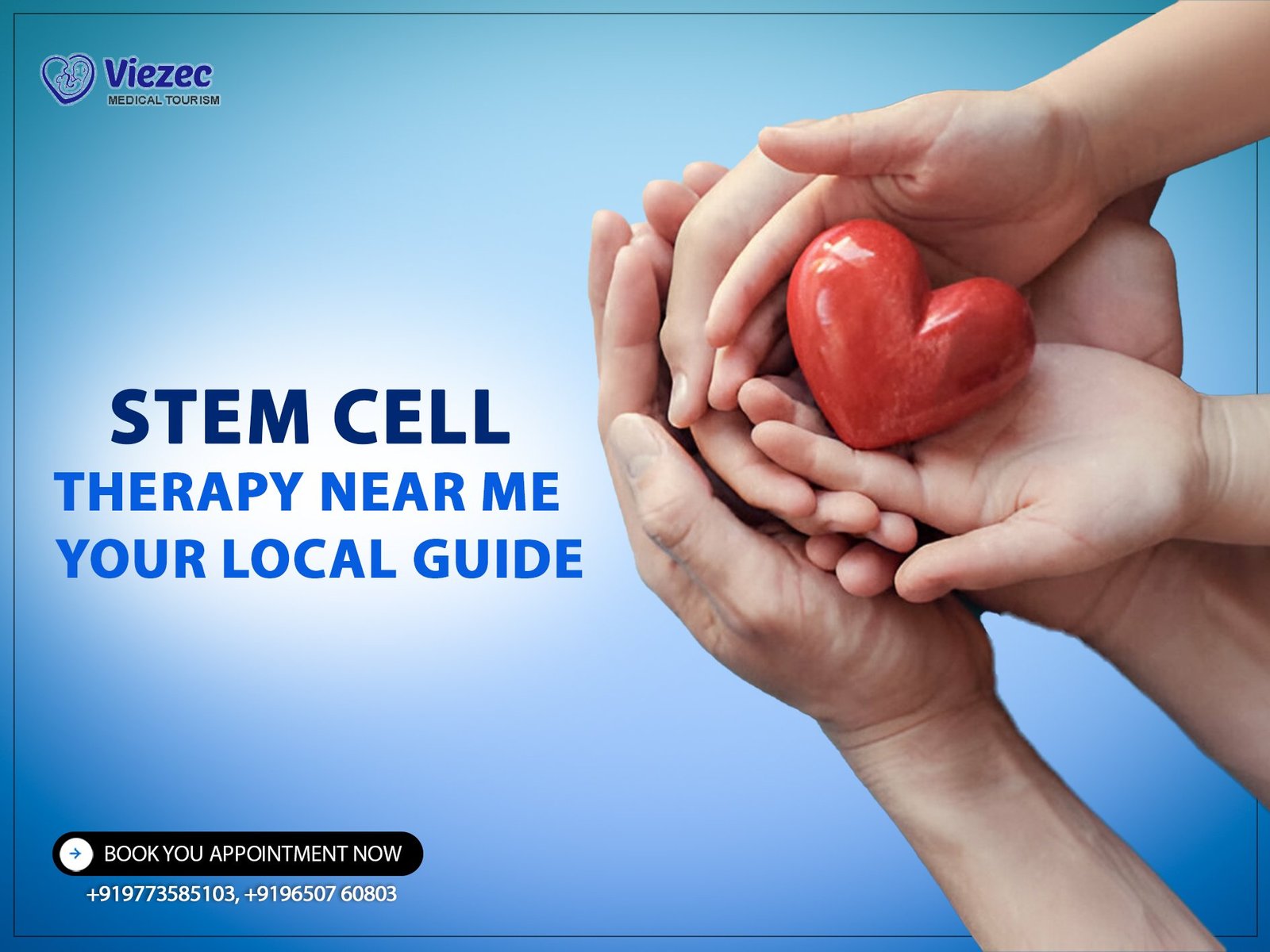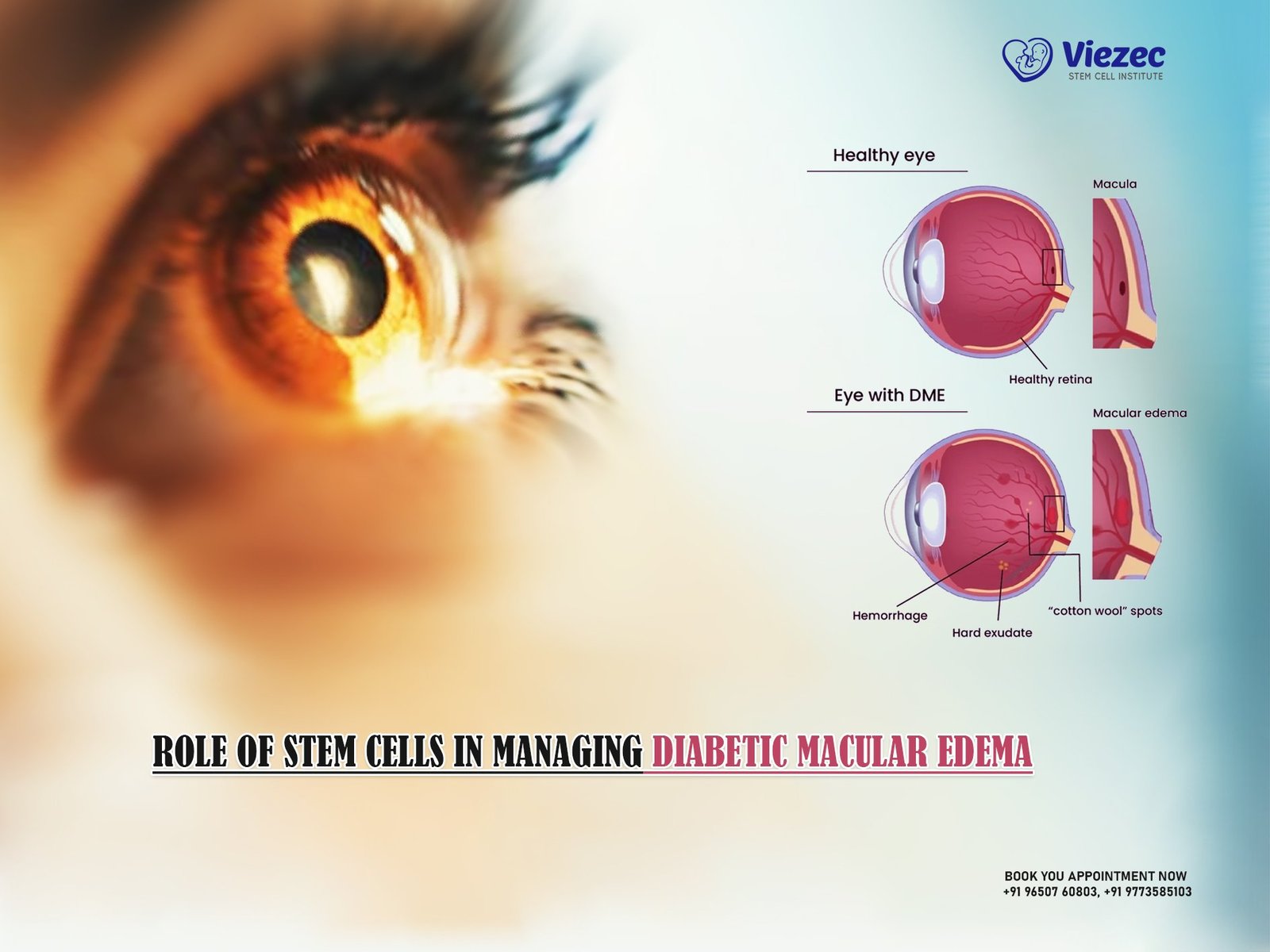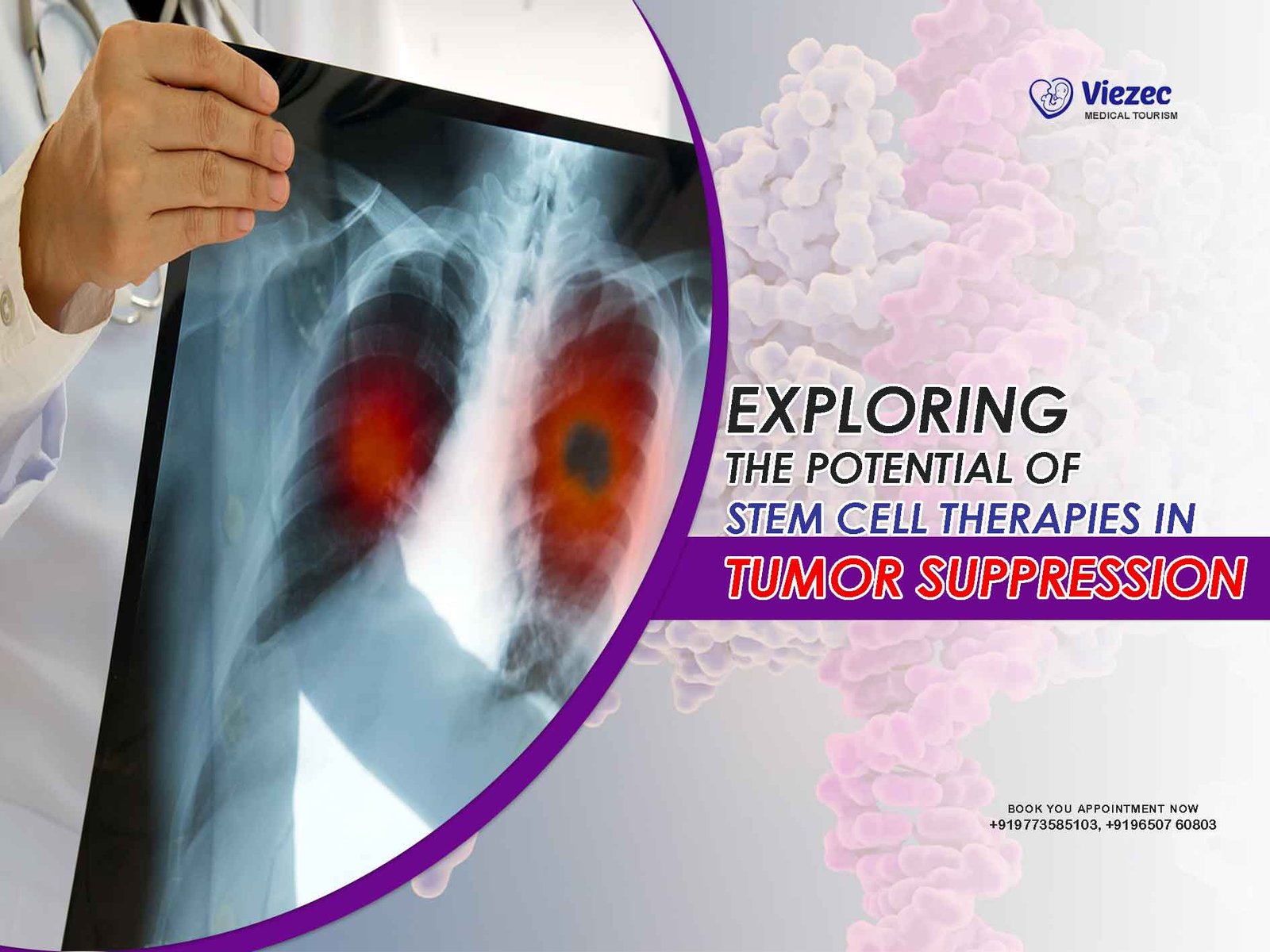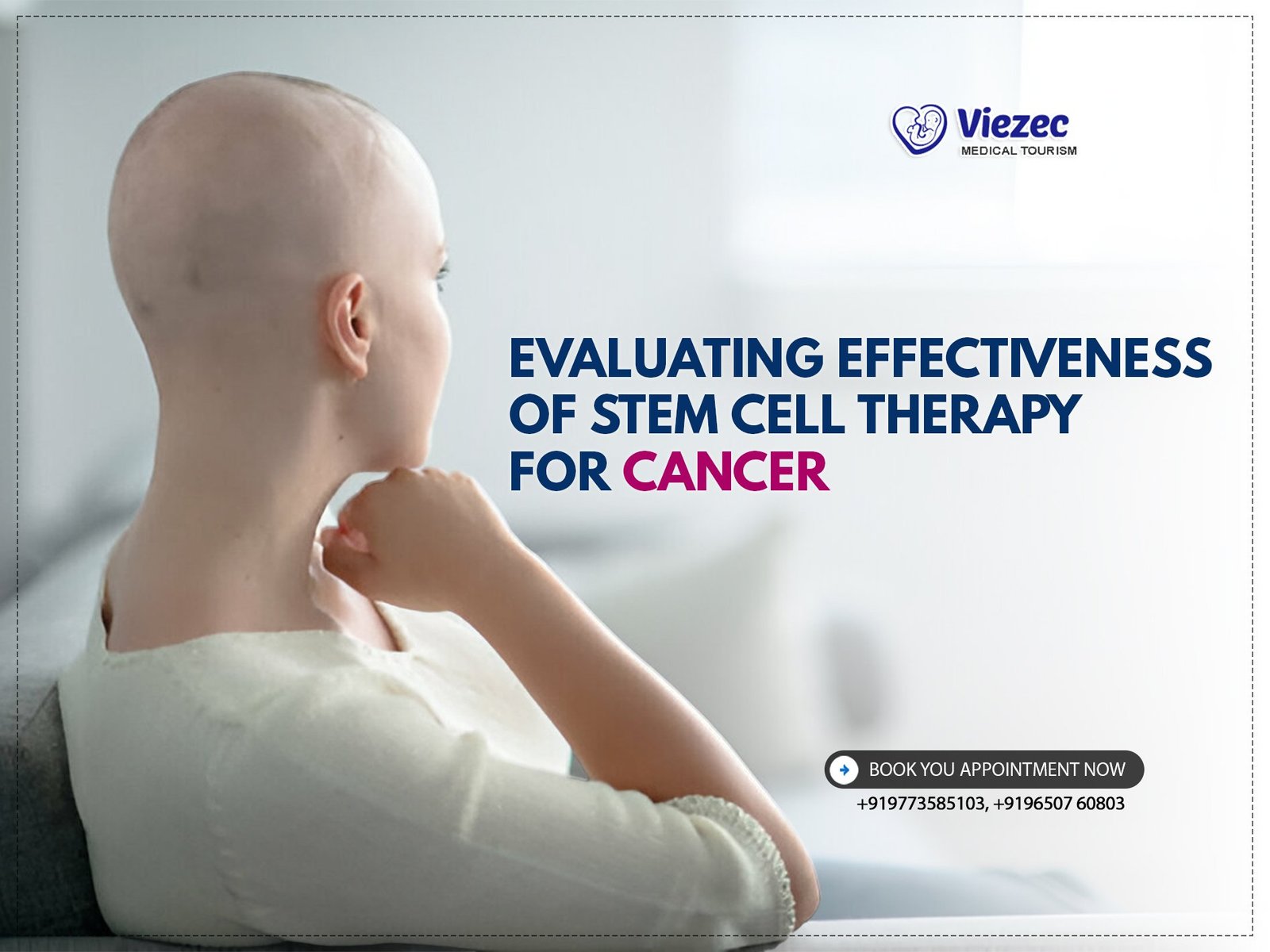Stem cell therapy is a revolutionary medical treatment that involves using stem cells to repair and regenerate damaged tissues and organs in the body. Stem cells are unique because they have the potential to develop into many different cell types, making them a powerful tool for treating a variety of diseases and injuries. This therapy can involve the use of adult stem cells, embryonic stem cells, or induced pluripotent stem cells, each with its own advantages and applications. Understanding the basics of stem cell therapy is crucial for those considering this treatment option.
Importance of Locating Stem Cell Therapy Near Me
Finding stem cell therapy close to home is essential for several reasons. Proximity to a reputable clinic ensures easier access to consultations, treatments, and follow-up appointments. It also reduces travel stress and associated costs, making the entire process more convenient and manageable. Additionally, having a local provider means you can quickly address any post-treatment concerns or emergencies. Knowing how to locate these services in your area can significantly enhance your healthcare experience and outcomes.
Benefits of Stem Cell Therapy
Stem cell therapy offers numerous benefits, including the potential for faster recovery and reduced pain. This treatment can help regenerate damaged tissues, which is particularly beneficial for conditions like arthritis, sports injuries, and certain neurological disorders. Patients may experience improved mobility and function, leading to a better quality of life. Moreover, stem cell therapy can reduce the need for invasive surgeries and long-term medication use, minimizing associated risks and side effects. Understanding these benefits helps patients make informed decisions about their treatment options.
How to Find the Best Stem Cell Therapy Center
Online Research
The internet is a powerful tool for finding local stem cell therapy providers. Start by exploring reliable medical websites that offer comprehensive information about stem cell therapy and list accredited clinics. Websites like Healthgrades, Mayo Clinic, and WebMD provide valuable insights into treatment options and clinic reviews. Additionally, online patient reviews and testimonials can offer firsthand accounts of treatment experiences, helping you gauge the quality and effectiveness of nearby clinics. This research can guide you in making an informed choice.
Local Medical Directories and Resources
Local medical directories and resources are invaluable for finding reputable stem cell therapy providers. Hospitals and clinic listings often include information about specialized treatments and the credentials of healthcare professionals. Local health organizations and support groups can also provide recommendations based on their knowledge and experience. These resources can help you identify clinics with a strong reputation and track record in stem cell therapy, ensuring you receive high-quality care close to home.
Evaluating Stem Cell Therapy Clinics
Qualifications and Credentials of Clinics
When evaluating stem cell therapy clinics, it’s essential to consider their qualifications and credentials. Look for clinics that are certified and accredited by recognized medical boards. Accreditation ensures that the clinic adheres to high standards of care and safety. Additionally, assess the expertise of the medical staff, including their education, training, and experience in stem cell therapy. Clinics with highly qualified professionals are more likely to provide effective and safe treatments, giving you confidence in their services.
Technology and Facilities Available
The technology and facilities available at a stem cell therapy clinic are critical factors to consider. Advanced medical equipment ensures precise and efficient treatments, enhancing the likelihood of successful outcomes. Examine whether the clinic uses state-of-the-art technology for cell extraction, culturing, and injection procedures. Additionally, the clinic environment and patient care services should be welcoming and supportive, promoting a positive treatment experience. A well-equipped clinic with modern facilities is essential for optimal stem cell therapy.
Types of Stem Cell Therapy Available
Autologous Stem Cell Therapy
Autologous stem cell therapy involves using a patient’s own stem cells for treatment. This method minimizes the risk of immune rejection and complications, making it a preferred option for many patients. The stem cells are usually harvested from the patient’s bone marrow or adipose tissue, processed, and then re-injected into the damaged area. This type of therapy is particularly effective for orthopedic conditions and certain neurological disorders. Understanding the availability of autologous stem cell therapy in your area can help you choose the best treatment approach.
Allogeneic Stem Cell Therapy
Allogeneic stem cell therapy uses stem cells donated by another person. This type of therapy is beneficial for patients who do not have viable stem cells or when a larger number of cells are needed for treatment. The donor cells are carefully matched to reduce the risk of immune rejection. Allogeneic therapy is commonly used for treating blood disorders, immune system deficiencies, and some cancers. Knowing the availability of allogeneic stem cell therapy near you ensures you have access to a broader range of treatment options.
Regenerative Medicine Techniques
Regenerative medicine techniques encompass a variety of approaches aimed at repairing and regenerating damaged tissues using stem cells. These techniques may include the use of growth factors, tissue engineering, and gene therapy to enhance the regenerative potential of stem cells. Clinics offering these advanced techniques often provide cutting-edge treatments for complex conditions such as spinal cord injuries, heart disease, and severe burns. Familiarizing yourself with the regenerative medicine options available locally can open up new possibilities for treatment and recovery.
Common Conditions Treated with Stem Cell Therapy
Orthopedic Conditions
Orthopedic conditions are among the most common ailments treated with stem cell therapy. This treatment can significantly improve joint pain and arthritis by promoting the regeneration of cartilage and reducing inflammation. Patients suffering from sports injuries, such as ligament and tendon damage, can also benefit from stem cell therapy, experiencing faster recovery and reduced pain. By targeting the underlying causes of orthopedic issues, stem cell therapy offers a promising alternative to traditional treatments and surgeries.
Neurological Disorders
Stem cell therapy has shown great promise in treating various neurological disorders. For instance, patients with Parkinson’s disease can benefit from the regenerative potential of stem cells to replace damaged neurons and improve motor function. Similarly, individuals with multiple sclerosis may experience reduced symptoms and enhanced neurological function. These treatments aim to restore the normal functioning of the nervous system, providing hope for patients with debilitating neurological conditions. Accessing local clinics that specialize in neurological applications of stem cell therapy can be life-changing.
Cardiovascular Diseases
Cardiovascular diseases, such as heart disease and peripheral artery disease, can also be effectively treated with stem cell therapy. Stem cells can help regenerate damaged heart tissue, improve blood flow, and enhance overall cardiac function. This treatment can lead to better heart health and reduced symptoms, offering an alternative to more invasive procedures like surgeries and long-term medication use. Finding local providers specializing in cardiovascular applications of stem cell therapy ensures you receive specialized care tailored to your condition.
Cost and Insurance Coverage for Stem Cell Therapy
Factors Influencing Cost
The cost of stem cell therapy can vary widely depending on several factors. The type of therapy, whether autologous or allogeneic, significantly impacts the overall cost. Additionally, the duration and number of sessions required for effective treatment influence the total expense. Advanced regenerative techniques may also incur higher costs due to the specialized equipment and expertise involved. Understanding these factors can help you budget for the treatment and explore financial options available in your area.
Insurance and Financial Assistance
Insurance coverage for stem cell therapy can be complex and varies by provider and policy. Some insurance companies may cover certain aspects of the treatment, while others may not. It’s essential to consult with your insurance provider to understand your coverage options. Additionally, many clinics offer payment plans and financial aid to make stem cell therapy more accessible. Exploring these options can help alleviate the financial burden and ensure you receive the necessary treatment without undue stress.
Preparing for Stem Cell Therapy
Initial Consultation and Assessment
Preparing for stem cell therapy involves an initial consultation and thorough assessment by a medical professional. During this consultation, the doctor will evaluate your medical history, current condition, and suitability for stem cell therapy. Diagnostic tests may be conducted to determine the best treatment approach. This comprehensive assessment ensures that the therapy is tailored to your specific needs and increases the likelihood of successful outcomes. Knowing what to expect during the initial consultation helps you prepare effectively.
Pre-Treatment Guidelines
Adhering to pre-treatment guidelines is crucial for the success of stem cell therapy. Dietary restrictions may be recommended to optimize your body’s response to the treatment. Additionally, adjustments to your medication regimen might be necessary to ensure the safety and effectiveness of the therapy. Following these guidelines helps create the best possible conditions for stem cell therapy, enhancing its benefits and reducing potential risks. Your healthcare provider will give you detailed instructions tailored to your situation.
Stem Cell Therapy Process Near Me
Treatment Procedure
The stem cell therapy process typically involves several key steps. Cell extraction methods vary depending on the type of stem cells used, with common sources being bone marrow or adipose tissue. Once extracted, the stem cells are cultured and processed to increase their concentration and potency. The final step involves injecting the stem cells into the targeted area, where they begin the repair and regeneration process. Understanding this procedure helps you prepare mentally and physically for the treatment.
Post-Treatment Care and Recovery
Post-treatment care and recovery are vital components of the stem cell therapy process. Follow-up appointments allow the medical team to monitor your progress and address any concerns. Rehabilitation programs, including physical therapy and lifestyle modifications, may be recommended to enhance the treatment’s effectiveness. Proper post-treatment care ensures a smooth recovery and maximizes the benefits of stem cell therapy, helping you achieve the best possible outcomes.
Risks and Considerations
Potential Side Effects
Like any medical treatment, stem cell therapy carries potential side effects. Immediate reactions may include pain or swelling at the injection site, while long-term effects could involve infection or immune reactions. It’s essential to discuss these risks with your healthcare provider to make an informed decision. Understanding the potential side effects helps you weigh the benefits against the risks and prepares you for possible outcomes.
Ethical and Legal Considerations
Stem cell therapy involves various ethical and legal considerations. FDA regulations govern the use of stem cells in medical treatments to ensure patient safety and efficacy. Additionally, obtaining informed consent from patients is crucial to address any ethical concerns. It’s important to choose a clinic that adheres to these regulations and practices transparency in their procedures. This ensures that your treatment is not only effective but also ethical and legally compliant.
Testimonials and Success Stories
Patient Case Studies
Patient case studies offer valuable insights into the success rates and outcomes of stem cell therapy. Many patients report significant improvements in their conditions, ranging from reduced pain to enhanced mobility. Personal experiences shared by patients can provide a realistic understanding of what to expect from the treatment. These testimonials highlight the potential of stem cell therapy to transform lives, offering hope and inspiration to prospective patients.
Expert Opinions and Reviews
Expert opinions and reviews from medical professionals can further validate the effectiveness of stem cell therapy. Medical experts often share their views on the latest advancements and applications of stem cell treatments, providing a professional perspective on the therapy’s benefits and limitations. Community feedback also plays a crucial role in assessing the reputation of local clinics. Combining expert reviews with patient testimonials helps create a comprehensive picture of the therapy’s potential.
FAQs
1. Is stem cell therapy covered by insurance?
Insurance coverage for stem cell therapy varies by provider and policy. It’s essential to consult with your insurance company to understand your coverage options and explore any available financial assistance programs offered by clinics.
2. How long does it take to see results from stem cell therapy?
The time it takes to see results from stem cell therapy can vary depending on the condition being treated and the individual patient. Some patients may experience improvements within weeks, while others may take several months to notice significant changes.
3. Are there any age restrictions for stem cell therapy?
There are generally no strict age restrictions for stem cell therapy, but the suitability of the treatment depends on the patient’s overall health and specific condition. A thorough assessment by a medical professional is necessary to determine eligibility.









